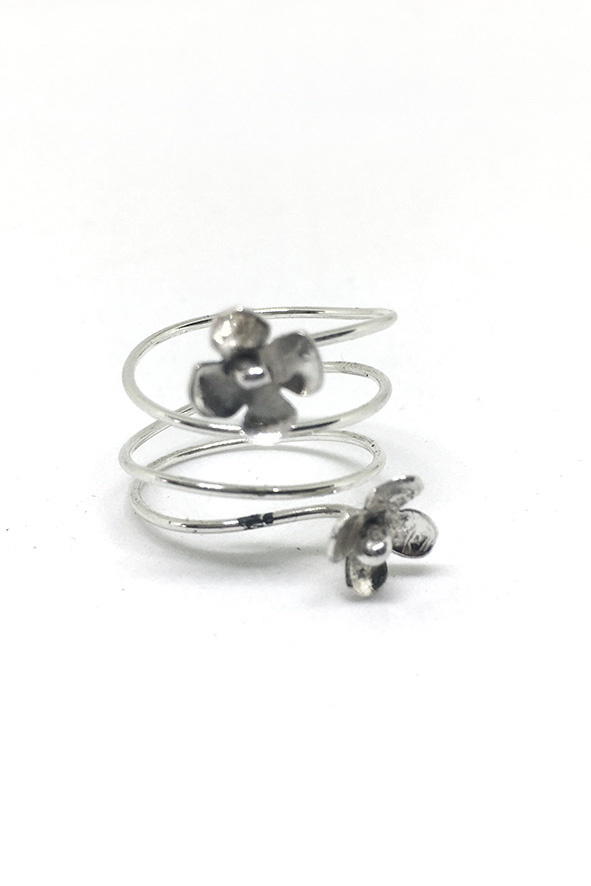The Red Clutchbook was inspired by the windows of Sesc Pompéia designed by Lina Bo Bardi. Bo Bardi incorporated brightly-colored glass panels in the windows, creating a playful and vibrant atmosphere inside the building. These colored panels also filter the light that enters the space, creating a dynamic and ever-changing visual effect throughout the day.
The Blue Clutchbook print was inspired by the work of Athos Bulcão, artist and sculptor who integrated art and architecture with his tile designs. His works are found all over modernist Brasilia, and have made him one of the best known 20th-century Brazilian artists.
The Green Clutchbook print design was influenced by Burle Marx work, a Brazilian landscape architect, painter, printmaker, ecologist, naturalist and artist whose designs of parks and gardens made him world-famous. He is accredited with the introduction of modernist landscape architecture to Brazil.
The Purple Clutchbook features Print Alvorada, inspired by the Palácio da Alvorada, the official residence of the Brazilian president. This building was designed by the Brazilian architect Oscar Niemeyer, one of the most influential in the history of the modernist movement. Niemeyer’s work is characterized by his use of bold, sweeping curves and his inventive use of reinforced concrete. He frequently took inspiration from the natural world and argued that buildings should be organic and fluid.
The Yellow Clutchbook print was influenced by Tarsila do Amaral’s style of portraying flora in her work. She used bold and vibrant colors to depict flowers, leaves, and other plant forms in an abstract or stylized manner, using simplified shapes and patterns to create a sense of movement and rhythm.























